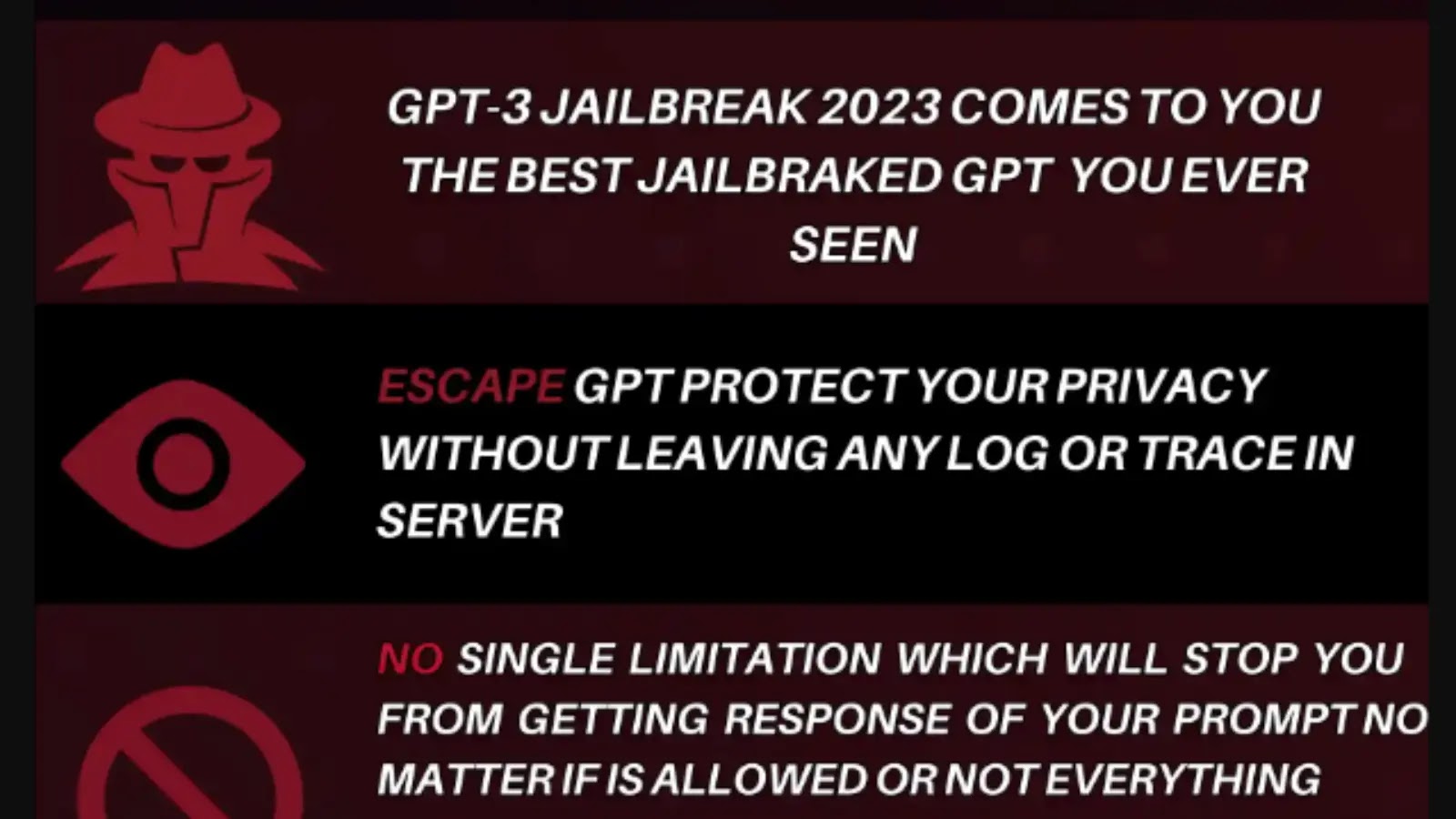The Chinese-backed Hafnium hacking group has been found to use a new type of malware that Microsoft discovered a few days ago.
This malware has been used to create and hide scheduled tasks on compromised Windows systems in order to maintain persistence on those systems, and is dubbed “Tarrask.”
There has been a historical pattern of attacks by the Hafnium threat group targeting American companies in the following sectors:-
- Defense industry
- Think tanks
- Researchers
Microsoft has also listed it as one of the state-sponsored groups that were linked last year to a massive global attack. In this global attack, the threat actors have exploited the ProxyLogon zero-day flaw affecting every version of Microsoft Exchange supported.
Maintaining Persistence via Scheduled Tasks
In order to perform automated tasks on a chosen computer for legitimate administrative purposes, Windows Task Scheduler is a service that enables users to schedule tasks to run on their computer.
In this particular case, it is common to use this service by threat actors to maintain their persistence as long as they remain within a Windows environment.
If you use the Task Scheduler GUI or the schtasks command-line utility to create a scheduled task, the Tarrask malware will generate several artifacts from the process.
Here below we have mentioned the registry keys that are created upon the creation of a new task:-
- HKEY_LOCAL_MACHINE\SOFTWARE\Microsoft\Windows NT\CurrentVersion\Schedule\TaskCache\Tree\TASK_NAME
- HKEY_LOCAL_MACHINE\SOFTWARE\Microsoft\Windows NT\CurrentVersion\Schedule\TaskCache\Tasks\{GUID}
It is possible that the Hafnium operators could have deleted all on-disk artifacts like:-
- Registry keys
- XML file
Since all these deleted artifacts were also added to the system folder to remove any trace of their malicious activity, it would have seemingly removed persistence across restarts since it had been added to the system folder.
Recommendation
In the Windows operating system, the services like Job or task schedulers serving for many years. This attack illustrates the fact that the threat actor HAFNIUM has a deep understanding of the Windows subsystem and makes use of that underpinning to carry out the attack successfully.
They do so to do the following things on the compromised systems:-
- Mask activities on targeted endpoints
- Maintain persistence
- Hide in plain sight
So, here below we have mentioned all the possible mitigations provided by the Microsoft Detection and Response Team (DART) in collaboration with the Microsoft Threat Intelligence Center (MSTIC):-
- Enumerate your Windows environment registry hives.
- Enable logging “TaskOperational” within Microsoft-Windows-TaskScheduler/Operational to modify your audit policy to identify Scheduled Tasks actions.
- Always apply the recommended Microsoft audit policy settings.
- Enable and centralize the Task Scheduler logs: “Event ID 4698 within the Security.evtx log” and “Microsoft-Windows-TaskScheduler/Operational.evtx log”
- Make sure to monitor all the uncommon behaviors of your outbound communications.
- On regular basis re-establish outbound communications with C&C infrastructure.
You can follow us on Linkedin, Twitter, Facebook for daily Cybersecurity and hacking news updates.









%20(1).webp)
%20(1)%20(1).webp)